TLDR Sebum production varies by individual and is influenced by age, gender, and hormones, affecting skin and hair health.
The document from September 29, 2016, provides an in-depth analysis of sebum production, its impact on skin and hair, and the methods used to measure sebum excretion. Sebum, produced by sebaceous glands, is composed of various lipids and undergoes changes as it moves to the skin surface, influencing the skin microbiome and contributing to odor recognition. The production of sebum varies among individuals and is affected by factors such as age, gender, and hormonal changes, with a decrease observed after menopause and andropause. Excessive sebum, or seborrhea, can cause greasy hair and oily skin. The document details measurement techniques like the photometric method and sebum-sensitive tape method, which help assess skin greasiness. It also discusses the influence of circadian rhythms, hormones, and demographic factors on sebum excretion rates (SER) and follicular excretion rates (FER). The authors highlight the importance of controlled study conditions and the potential for new treatments targeting seborrhea, given the advancements in understanding sebum production and measurement.
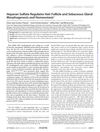 42 citations
,
July 2014 in “Journal of biological chemistry/The Journal of biological chemistry”
42 citations
,
July 2014 in “Journal of biological chemistry/The Journal of biological chemistry” Heparan sulfate is important for hair growth, preventing new hair formation in mature skin, and controlling oil gland development.
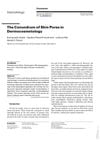 87 citations
,
December 2004 in “Dermatology”
87 citations
,
December 2004 in “Dermatology” Different types of skin pores should be identified correctly and evaluated with suitable methods for reliable results.
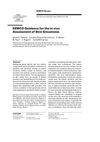 137 citations
,
January 2000 in “Skin Pharmacology and Physiology”
137 citations
,
January 2000 in “Skin Pharmacology and Physiology” The document recommends using both clinical evaluation and various measurement methods to assess skin greasiness, considering factors like temperature and hormones.
198 citations
,
January 1998 in “Dermatology” The human sebocyte culture model has improved understanding of oily skin and acne, and how they can be treated.
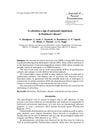 46 citations
,
November 1997 in “Journal of Neural Transmission”
46 citations
,
November 1997 in “Journal of Neural Transmission” Seborrhea in Parkinson's disease may be linked to hormones, not autonomic impairment.
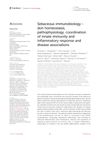 21 citations
,
November 2022 in “Frontiers in immunology”
21 citations
,
November 2022 in “Frontiers in immunology” Sebaceous glands play a key role in skin health, immunity, and various skin diseases.
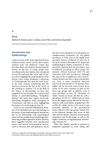
research Acne
4 citations
,
January 2019 Acne is a common skin condition that can be influenced by diet, lifestyle, and hormones, and requires a treatment approach that includes psychological considerations.
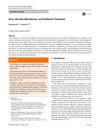 134 citations
,
January 2019 in “American journal of clinical dermatology”
134 citations
,
January 2019 in “American journal of clinical dermatology” Antibiotics can reduce acne but may lead to resistant bacteria, and understanding the skin's bacteria is important for treatment.
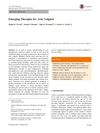 22 citations
,
March 2018 in “American Journal of Clinical Dermatology”
22 citations
,
March 2018 in “American Journal of Clinical Dermatology” New acne treatments show promise as alternatives to traditional therapies.

Thermal spring waters and their microbes could be good for skin health and treating some skin conditions in skincare products.










